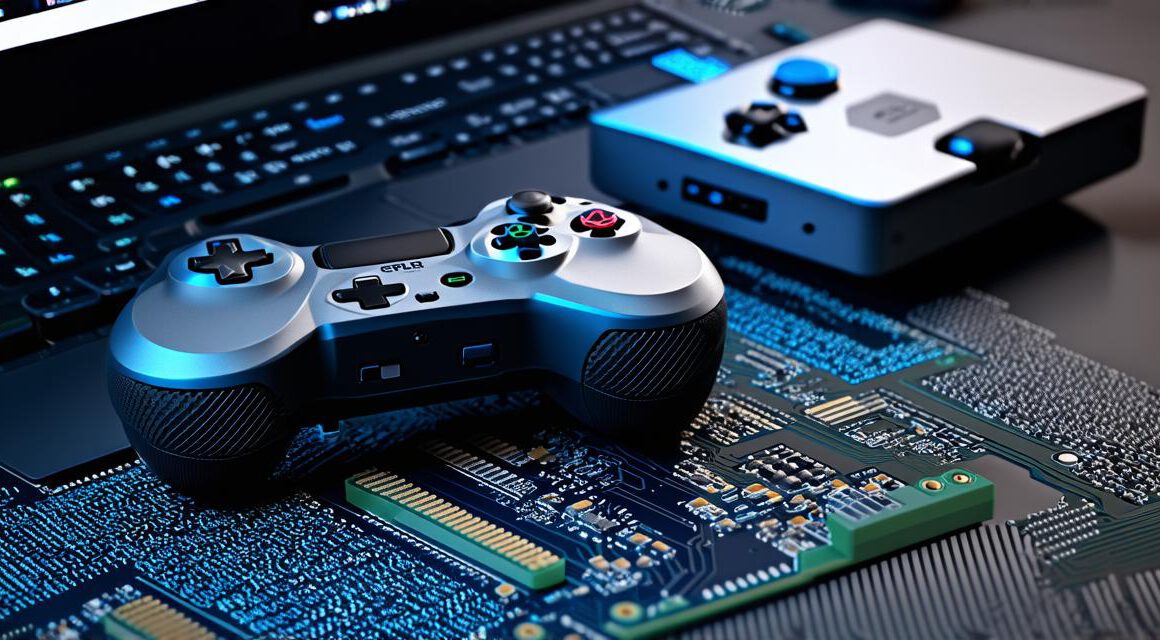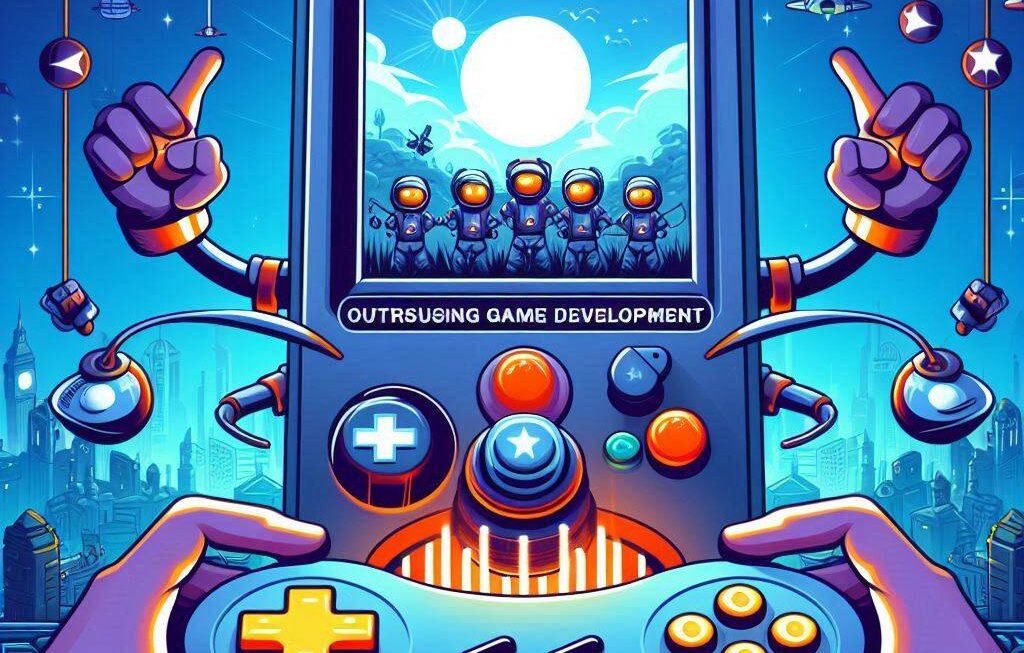
In addition to facilitating smooth multitasking, increased RAM capacity also plays a crucial role in enhancing temporary data storage during rendering processes. This is particularly important in game development where complex scenes with numerous objects require substantial memory resources for proper rendering.
With more RAM, the system can store and process larger amounts of data without running out of memory, leading to better visual quality and fewer rendering issues.
For instance, consider a game scene with hundreds of characters, each with their own unique textures, animations, and physics properties. Without sufficient temporary data storage, the system would struggle to keep track of all this information, resulting in choppy performance or even crashes. However, with ample RAM, the system can store these details efficiently, allowing for smooth rendering and a more immersive gaming experience.
The Role of RAM in Game Engine Optimization
Game engines are designed to make use of available system resources, including RAM. By having a higher amount of RAM, developers can optimize their game engines more effectively, allowing them to handle larger scenes, more complex physics simulations, and more detailed graphics without compromising performance.
This results in games that run smoother, look better, and offer a more immersive experience for players.
The Impact on Indie Game Developers
Indie game developers often work with smaller teams and tighter budgets compared to AAA studios. While 16GB may be sufficient for small-scale projects, having more RAM can help indie developers tackle larger projects without worrying about performance bottlenecks.
This allows them to push the boundaries of their creativity and produce games that rival those from larger studios.
The Future of Game Development and RAM Requirements
As game development technologies continue to evolve, so too will the demands placed on system resources like RAM. With advancements in real-time ray tracing, procedural generation, and other cutting-edge techniques, it’s likely that future games will require even more memory to run smoothly.
As such, having a robust amount of RAM will become increasingly important for game developers looking to stay ahead of the curve and create truly next-generation gaming experiences.
In conclusion, while 16GB RAM is the minimum industry standard for professional game development, it’s clear that having more RAM offers numerous advantages. From improved performance and smoother multitasking to faster load times and better temporary data storage, increased RAM capacity can significantly enhance a developer’s productivity and efficiency.
Whether working on large-scale projects or pushing the boundaries of indie game development, opting for 32GB or more can provide a valuable boost in capabilities and help developers create truly exceptional games.



